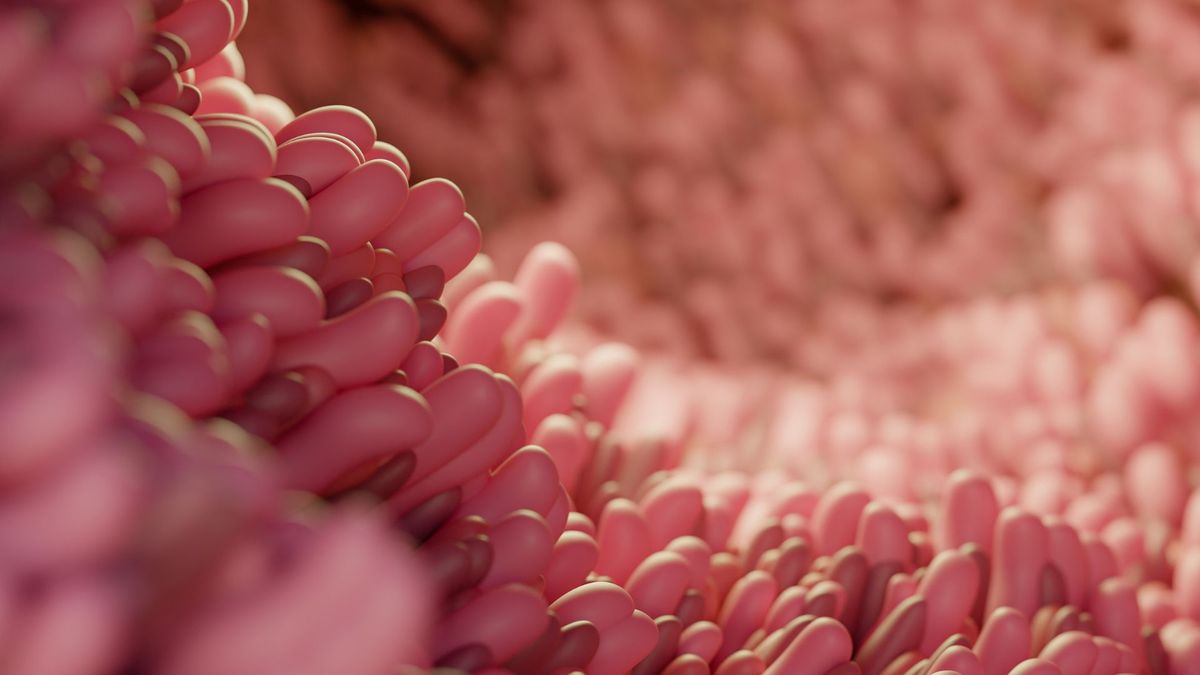Researchers have found a new type of virus-like entities called “viroids” hiding in the human gut and mouth, which may impact gene activity in the human microbiome, according to a report in Science. The scientists confirmed that these viroids can infect a common bacterium found in the mouth called Streptococcus sanguinis. Although they have yet to confirm additional hosts, they suspect that some may also infect bacteria. Viroids are small loops of RNA, a close relative of DNA, and are known to primarily infect plants, such as potatoes. However, viroids differ from larger RNA-based viruses in several ways. First, they lack the protective shells that viruses use to contain their genetic material. Second, their RNA does not contain instructions to produce proteins, unlike viruses which carry instructions for their outer shells and certain enzymes necessary for replication. Viroids instead use enzymes from their hosts for replication. While viroids were initially thought to only infect plants, recent studies suggest they may also infect animals, fungi or bacteria. In a recent study published in the preprint database bioRxiv, researchers identified a new class of viroids named “Obelisks” in the human gut and mouth, totaling nearly 29,960 examples. The viroids were named Obelisks due to their predicted thin rod-like 3D shape. The researchers analyzed gene activity in different microbial communities within the body using previously published data to identify the presence of Obelisks. They found that Obelisks were present in about 7% of the metatranscriptomes from human feces, and in 53% of the mouth metatranscriptomes they screened. Furthermore, they were able to match an Obelisk with its host, S. sanguinis, but the hosts of other Obelisks remain unknown, although researchers suspect that at least some may infect bacteria. Some of the newfound Obelisks were found to contain instructions for replication enzymes, making them more complex than previously described viroids. However, like most viroids, they still lack instructions for a protective outer shell. It is still unclear how or whether these viroids affect human health, although they may influence the human microbiome given that at least some infect bacteria. There is also a debate as to whether viruses evolved from viroids or if viroids actually evolved from viruses, and this new discovery may contribute to this ongoing discussion.















